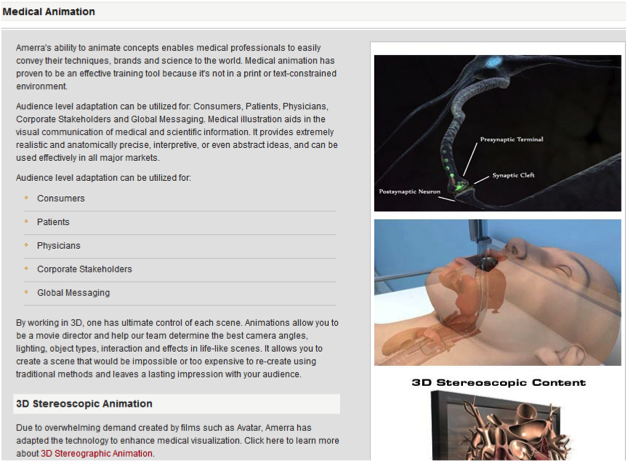An often overlooked SEO tactic is internal link building. Marketers often put their focus on external links, which is undeniably an important SEO practice. But internal linking is easier to tackle, and it can make an impact on overall website rankings. Plus, when it comes to site visitors, internal links are key to aligning site content with conversions
Let’s talk about the search engine itself. The goal of a search engine is to provide the most relevant results to a user. The search engine is attempting to think like a human user. So if a user can’t find your content, then the search engine most likely can’t find it either. This means that internal linking is important to an overall content marketing strategy because of its effects on improving usability and improving your search rankings.
Sculpting the user’s journey: Boost conversion
So when we look at linking content internally, we are looking to accomplish a few things. The first goal is improving the usability of your web pages and improving the overall user experience. When inserting a key phrase that is hyperlinked to a relevant page, the user is more easily able to navigate throughout your site. What is important to note here is that you are sculpting the user’s journey throughout your site, and you are pointing them to the pages that are important to your business.
This practice also gives users a place to go next, which helps ensure that visitors stay on your site – and this correlates with some positive metrics. First, since users are navigating throughout the site, you are reducing the overall bounce rate for the site. This is a great indicator of how engaged your visitors are with your site. Users will spend more time on your site, and navigate to the pages that you find important. As a result, strong internal linking will also increase the page views for your site.
To maximize the value of this navigational sculpting, your internal linking structure should take visitors to the most relevant product or service landing pages. The goal of almost any website is to convert a user/reader into a lead, a subscriber, a customer etc. Find the pages that users are most likely to land on via search and make sure you’re pointing these visitors to key content pages. Without links to a (relevant!) product or service landing page, a (relevant!) blog post that demonstrates the demand for your service or another high-valuable (relevant!) content page that sits deep on your site, you are missing opportunities to convert users and, essentially, to make money.
Here’s one Brafton client who starting adding internal links from articles in its news content marketing strategy to a deep site page that was key to lead generation. As you can see, the news article leads in with a blue link to the valuable page.

Less than ten months after launching this internal linking strategy, the client more than tripled the visits to this page compared to the same period the year before.

To position yourself for similar success:
- Be sure you are using relevant keywords that are the anchor text for the internal link.
- Make it a priority to ensure that the pages you are directing users to have strong and relevant content. (This speaks to the broader need to invest in quality content marketing.)
- Choose pages that are important to you and your business and will help lead to conversions.
- Speaking of conversion, always have strong and relevant calls to action on the landing pages.
Internal links for SEO
Now going back to the search effects of a solid internal linking structure, a strong strategy can improve search rankings. When you link to other site content, search crawlers that come to your site will follow the link structure – and this will help insure that all of your content you deem important is being indexed.
Internal linking to keyword rich content and product specific pages ensures the search engine is going to cache that content. This will help improve your keyword rankings and, as we all know, the stronger the keyword rankings, the more quality traffic that will be driven to your site.
Moreover, marketers shouldn’t underestimate the value of making sites more navigable via internal links for users from an SEO perspective. Internal links’ potential to boost page views, increase dwell time, reduce bounce rates, etc, could directly impact SEO. As Brafton has reported, experts increasingly agree that SEO success is in interaction metrics.
Here is an example of a content that has a strong internal linking strategy:

Four relevant keywords are linked within the article. Just enough to give visitors a place to go without making the page seem spammy. More importantly, they all bring users to quality landing pages:
 So as you can see, internal linking is just as important to a strong site as any SEO practice. Google has said to make “navigation intuitive for users and crawlable for search engines.” The easier you make the site for users to navigate and utilize, the more time they should spend on your site. This should lead to more conversions, – and we all know conversions lead to cash.
So as you can see, internal linking is just as important to a strong site as any SEO practice. Google has said to make “navigation intuitive for users and crawlable for search engines.” The easier you make the site for users to navigate and utilize, the more time they should spend on your site. This should lead to more conversions, – and we all know conversions lead to cash.


